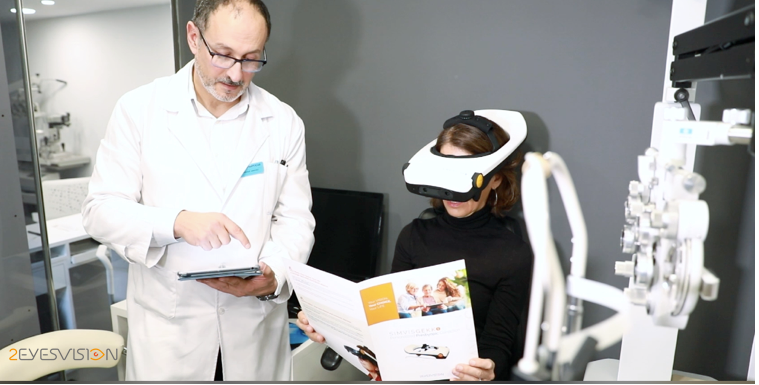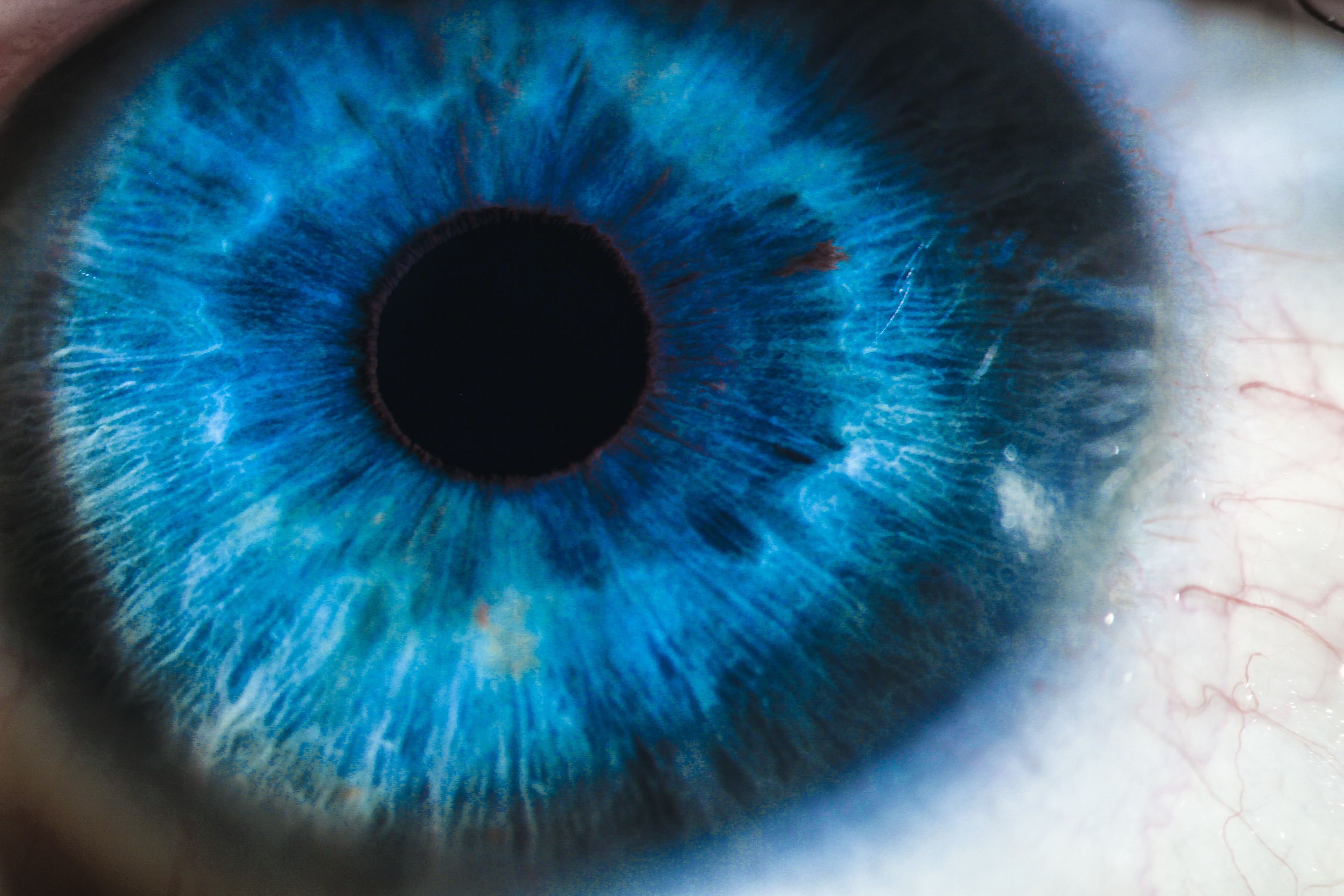Article
Simulator helps patients ‘see’ with multifocal IOLs before implantation
Author(s):

A visual simulator (SimVisGekko, 2EyesVision) helps patients to choose how well multifocal IOLs function before surgical implantation and improve satisfaction with surgical outcomes.
A visual simulator (SimVisGekko, 2EyesVision) that provides patients the experience of vision with multifocal IOLs (mIOLs) before actual implantation may help to manage patient expectations, according to Susana Marcos, PhD.
This innovation arose out of the scaling down of technologies that originated in astronomy, i.e., adaptive optics, into a system useful to ophthalmologists for prescribing correction for presbyopia and simulating mIOLs.
Despite the availability of mIOLs, only 7% of patients opt for this correction modality after cataract surgery, noted Dr. Marcos, research professor, Instituto de Optica Daza de Valdés, Consejo Superior de Investigaciones CientÃficas, Madrid.
The challenge may be the difficulty with explaining multifocality to patients.
In addition, it is difficult for patients to decide about mIOL implantation if they cannot visualize what their vision will be preoperatively, a scenario that leaves them with uncertainty about both their expectations and the actual surgical results.
A solution to this may be use of the mobile visual simulator that would ease their decision-making process.
“Visual simulators will help to sell more premium lenses and screen out prospective unhappy patients,” Dr. Marcos said. “This technology would be valuable for patients, clinicians, and IOL manufacturers.”
The device provides practical utility in the clinic, in that it improves patient satisfaction, facilitates comparison of corrective solutions, and saves time by providing an easy explanation of multifocality. It also provides business advantages by reducing patient complaints and refunds, provides a competitive advantage to doctors who adopt the device early, and increases the number of mIOL prescriptions.
RELATED: Advanced toric IOL calculator improves refractive outcomes
How the technology works
The wearable, binocular, see-through device provides a 20-degree field of view, is programmable on a tablet, and simulates multifocal and extended-depth-of focus corrections and provides monovision or modified monovision correction.
“This facilitates testing a range of preoperative corrections,” she said.
The device contains optotunable lenses. Using a custom, high-speed electronic driver, the lenses can change focus rapidly by a process called temporal multiplexing.
“With periodic variations of the optical power at high speed, above 50 Hz, the static appearance of multifocal retinal images is provided by mapping spatial distribution in a lens into temporal distribution in the optotunable lens,” Dr. Marcos said.
She described this in a trifocal FineVision IOL. The map in the IOL is defined with a set of coefficients; the data show how much time the lens spends at the different power additions. With a trifocal lens the coefficients are at three different foci. This process can be performed with different coefficients and simulate extended-depth-of-focus lens types and different energy distributions.
“We also control for dynamic effects in the lens so that we can really map the true focus performance of the lens,” she said.
A comparison of the performance of an actual commercial IOL with the simulation showed how well the images of the two matched.
RELATED: Performance of trifocal toric IOL highlighted in tests
Practical application
When the mobile visual simulator was taken into the clinic, it performed well.
“We found that the device replicates mIOLs,” Dr. Marcos said. “We performed the test with a trifocal IOL in the SimVis preoperatively and the patient was ultimately implanted with the lens. We found that in patients with clear lenses and those with cataracts, the preoperative (with SimVis) and postoperative (with the implanted mIOL) defocus curved matched.”
In the presence of a cataract, there is a shift down because of the light distribution caused by the cataract, but the shape of the defocus focus curve is well captured, according to Dr. Marcos.
This technology is also useful for patients opting for multifocal contact lenses. An excellence replication of the contact lens performance on eye was achieved with the SimVis simulation. For different lens designs with different power additions.
The device also was tested using different natural images at far and near distances under conditions during the day and at night.
When tested in a patient with corrected binocular far vision, for example, the scores at the far distance were high and the scores for near were low. When bilateral bifocal correction was provided the far vision decreased slightly and the near vision improved. This also can be applied to monovision and modified monovision.
When the patient is tested with different corrective options, surgery can proceed with much more certainty regarding the postoperative vision, Dr. Marcos noted.
The physician can choose the desired lenses and control the test on an iPad. The management of the mobile device allows connection of every iPad to the cloud, remote management of the devices, security management, remote app updates, monitoring and tracking, and remote troubleshooting.
RELATED: Striving for perfection: Creating the perfect IOL
In addition, when new IOL designs become available the software is updated.
“This technology provides a powerful back-end,” Dr. Marcos said. “Over and above monitoring the use of the SimVis, we can monitor different patient lens preferences, the rates of actual implantations of those IOLs, and the conversion rate to multifocality.”
This is powerful information that is enabled by the fact that we can perform this preoperative clinical testing before surgery, she emphasized.
“We believe that SimVis represents a new paradigm in presbyopia correction that provides patient education, aid in lens selection, reduced uncertainty preoperatively, virtual clinical trials, the ability to test multiple lenses, and large data sets of patient preferences and usage,” Dr. Marcos concluded.
RELATED: Innovative IOL power calculations gain accuracy
Disclosures:
Susana Marcos, PhD
E: susana@io.cfmac.csic.es
Dr. Marcos is coinventor of the SimVis technology and co-founder and shareholder in 2EyesVision.
Newsletter
Don’t miss out—get Ophthalmology Times updates on the latest clinical advancements and expert interviews, straight to your inbox.





